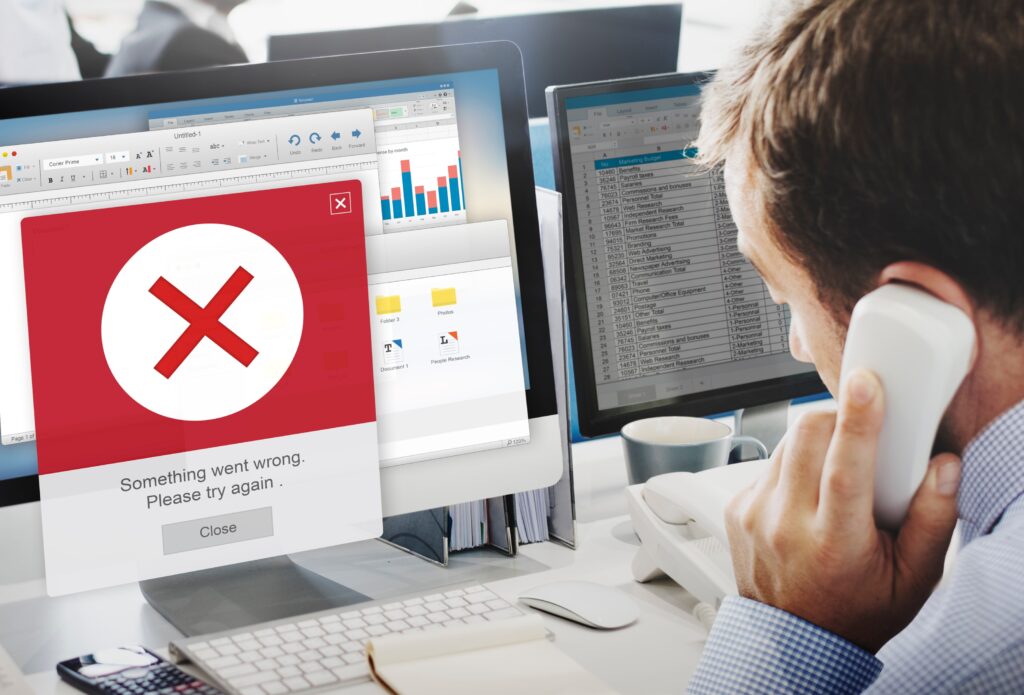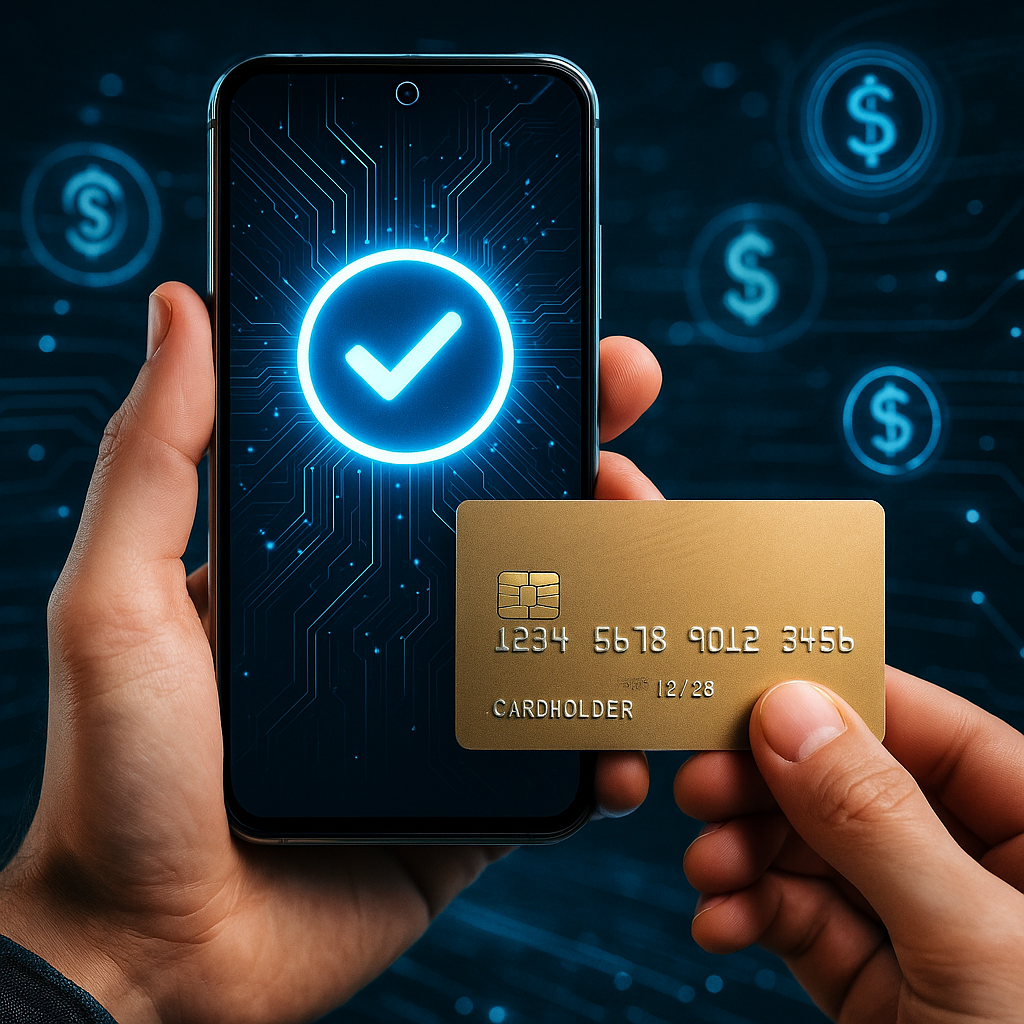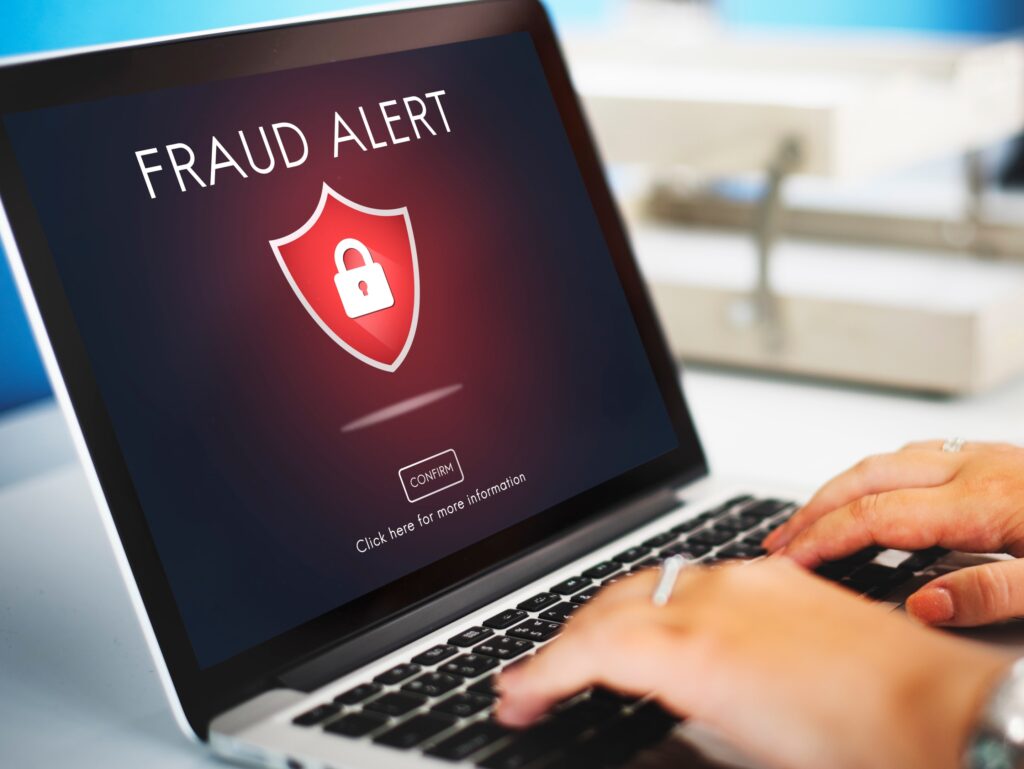If you use Fluid Pay to accept payments online, you may have seen response codes after a transaction attempt. These codes tell you whether a payment was approved, declined, or failed due to a system issue. Knowing what these response codes mean can help you reduce card declines, troubleshoot failed payments, and protect your revenue.
What Are Fluid Pay Response Codes?

Fluid Pay is a popular payment gateway solution that lets merchants accept payments online. Every time a customer tries to make a payment, Fluid Pay returns an alphanumeric response code. These codes help you quickly understand what happened.
They fall into three categories:
- Approved transactions (100 – 199)
- Declined transactions (200 – 399)
- Error codes (400 – 499)
There are also two additional codes (0 and 99) that indicate unknown or redirected actions.
Approval and Exception Codes (100 – 199)

These codes mean a transaction was approved or is awaiting an additional step.
| Code | Status | Description |
| 100 | Approved | The payment went through. Funds were captured. |
| 101 | Pending | The transaction needs customer verification. |
| 110 | Partial Approval | Only part of the payment was accepted. |
| 0 | Unknown | The system couldn’t confirm the result. |
| 99 | Redirect | Sent to another processor for further action. |
If you receive a partial approval (code 110), you may need to follow up with the customer to resolve any outstanding issues. For unknown or redirected results, verify the statues with your payment processor before fulfilling the order.
Credit Card Decline Codes (200 – 399)

These codes point to cardholder-related issues. They include expired cards, low balances, and failed security checks, like 3DS.
| Code | Status | Description |
| 200 | Do Not Honor | Issuer declined without a clear reason. Ask for a different card. |
| 202 | Expired Card | The card is no longer valid. Request an updated card. |
| 203 | Insufficient Funds | The customer didn’t have enough money. |
| 204 | Stolen Card | Do not retry. Treat as high risk. |
| 205 | SCA Decline | The customer failed to verify their identity. |
| 208 | Lost Card | High fraud risk. Do not retry. |
| 212 | Credit Limit Exceeded | Ask for another card or a smaller amount. |
| 221 | Invalid Card Number | Customer likely mistyped. Have them check the details. |
| 227 | Security Violation | Failed CVV or address match. Ask them to re-enter details. |
| 230 | Do Not Try Again | Hard decline. Recommend another payment method. |
Some declines are temporary, others are a definitive no. The key is to clearly guide your customer and avoid repeated attempts on cards marked as lost or stolen.
Error Codes (400 – 499)

These are technical codes that usually aren’t related to the customer, but to payment gateway integrations.
| Code | Status | Description |
| 400 | General Error | Retry or contact support. |
| 410 | Invalid Merchant ID | Account info may be incorrect. |
| 411 | Invalid Terminal ID | Terminal ID doesn’t match. |
| 412 | Processor Credential Error | Authentication failed. |
| 420 | Timeout | The system didn’t respond in time. |
| 421 | Communication Error | Couldn’t reach the card network. |
| 430 | Invalid Transaction Type | Format or request not supported. |
| 440 | Processor Format Error | Data sent in the wrong format. |
Best Practices to Reduce Card Declines

You can’t change a customer’s status, but you can reduce how often a payment gets declined.
Here are some tips:
- Ask customers to double-check their card number and expiration date
- Offer multiple payment options like debit, ACH, or digital wallets
- Set up retry logic for temporary declines or timeouts
- Notify the customer when a card fails during a transaction
- Review common decline codes and update your store’s data as needed
How to Handle Fraud-Related Codes

Codes that notify you of fraud or stolen cards require fast action. If a transaction is flagged with a fraud code, do not retry it.
If you use recurring billing:
- Remove the card from future billing
- Ask the customer to update their payment method
- Report the suspicious activity
Why Response Codes Matter

Response codes not only help you identify and resolve failed transactions quickly, but they also enhance your customers’ checkout experience. Understanding response codes can help you reduce the number of support tickets created and the frequency of chargebacks.
How AllayPay Helps

If you’re dealing with frequent card issues, our team of agents can optimize your payment process and reduce those pain points. Fluid Pay offers a reliable payment gateway, but you’ll need a partner who knows how to get the most out of it. We understand how to navigate the complexities of merchant processing and can set you up with a merchant account and integrated tools that reduce friction.
You’ll be able to accept more payments with fewer interruptions. Ready to get started? Contact us today for a smarter, smoother way to process payments.




